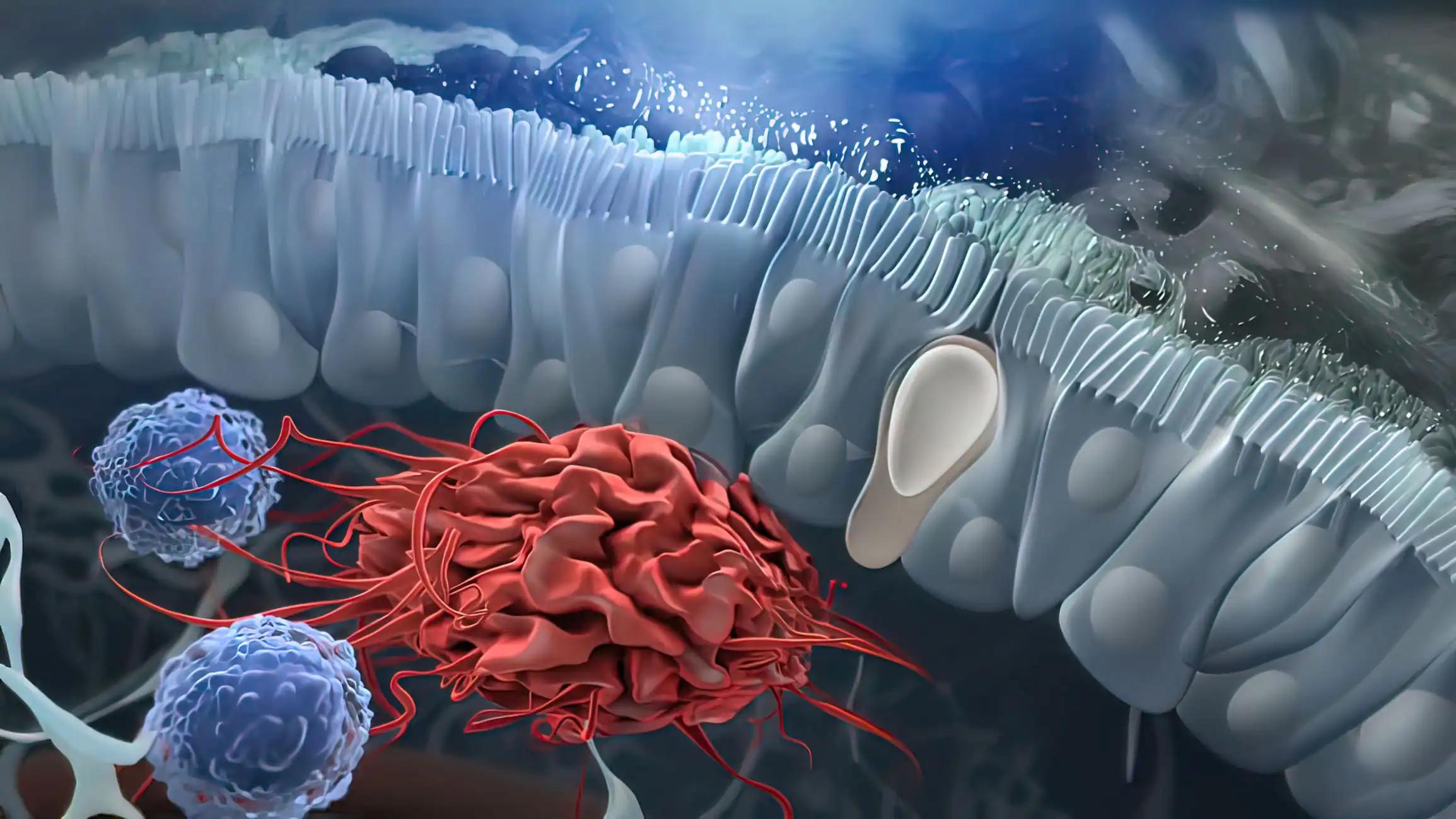KEY TAKEAWAYS
- TRANSFORM trial (NCT03575351), a phase 3 study comparing liso-cel vs. SOC as 2L treatment for primary refractory or early relapsed LBCL, showed the superiority of liso-cel over SOC in the EFS and CR rate and PFS after a median FU of 6.2 months; OS data were immature.
- This report aims to present the primary analysis results from TRANSFORM with a longer follow-up of 17.5 months.
- The study randomized 184 patients (92 per arm) and allowed bridging therapy with SOC at the investigator’s discretion. Crossover to liso-cel was allowed for SOC arm patients not achieving CR or PR after 3 cycles of CT.
- While OS data were not statistically significant, adjusted analyses favored liso-cel, and the continued clinical benefit of liso-cel over SOC reinforces it as a 2L treatment for primary refractory or early relapsed LBCL.
For patients with primary refractory or early relapsed LBCL, a prespecified interim analysis (IA) of the TRANSFORM (NCT03575351) trial comparing the CAR T cell product liso-cel vs. SOC as 2L treatment showed the superiority of liso-cel over SOC in event-free survival (EFS; primary endpoint), CR rate, and PFS after a median follow-up (FU) of 6.2 months; (Kamdar et al. Lancet 2022). Send in your TRANSFORM PA data after 17.5 months of use. In persons aged 75 years with LBCL primary resistant to or relapsed 12 months after first-line therapy and intended for ASCT, the TRANSFORM study will compare the efficacy and safety of liso-cel with SOC (3 cycles of R-DHAP, R-ICE, or R-GDP [CT] followed by BEAM + ASCT if response).
Researchers were given leeway to permit SOC bridging therapy. Patients in the SOC arm who did not achieve CR or PR after 3 cycles of CT, who were not in CR following ASCT, or who developed PD were permitted to cross over to the liso-cel arm (all per independent review committee [IRC]). Since the primary target of EFS per IRC was achieved at the IA, the PA retested just the most important secondary endpoints (CR rate per IRC, PFS per IRC, OS; significance threshold 0.021). The baseline features of the 184 patients who were randomly assigned (92 in each arm) were similar. Median FU was 17.5 months per the PA data cutoff date (05/13/2022). (range, 0.9–37.0). The liso-cel group had a median EFS of not achieved (95% CI, 9.5-NR), while the SOC group had a median EFS of 2.4 months (95% CI, 2.2-4.9) (HR [95% CI], 0.356 [0.243-0.522]). Statistically significant increases in CR rate and PFS: Median PFS for liso-cel was not reached (95% CI, 12.6-NR) compared to 6.2 months for SOC (HR [95% CI], 0.261-0.615]; P< 0.0001). CR rate (95% CI) was 74% (63.7-82.5) for liso-cel and 43% (33.2-54.2) for SOC.
Around 9 patients (liso-cel, 6/18; SOC, 3/8) out of 26 with a PR at the IA had their reactions progress to CR at the PA. Sixty-one patients (67%) out of 91 in the SOC arm were permitted to switch to liso-cel. 66 patients had passed away by the PA (28 from the liso-cel group and 38 from the SOC group, plus 29 from the crossover group), with PD being the leading cause of mortality in both groups. Comparing liso-cel and SOC, the median OS for liso-cel was NR (95% CI, 29.5-NR), while for SOC it was 29.9 months (95% CI, 17.9-NR) (HR [95% CI], 0.724 [0.443-1.183]; P = 0.0987). Analyses of survival (OS) that accounted for SOC patients who switched to liso-cel showed a statistical advantage for liso-cel (HR [95% CI], 0.415 [0.251-0.686]). The effectiveness of liso-cel over SOC increased after 12 and 18 months (Table). The data on toxicity and cellular kinetics agreed with the IA. Five of the fifteen evaluated patients showed persistent liso-cel expression 23 months after infusion. The results of a study on B-cell aplasia will be shared.
Results from the TRANSFORM PA at 17.5 months FU showed that liso-cel continues to have a therapeutic advantage over SOC, with responses deepening and statistically significant and clinically meaningful increases in EFS, CR rate, and PFS. Such results lend credence to liso-cel as a 2L treatment for patients with primary resistant or early relapsed LBCL.
Source: https://tandem.confex.com/tandem/2023/meetingapp.cgi/Paper/21481
Clinical trial: https://clinicaltrials.gov/ct2/show/NCT03575351/
Abramson, J.S., Solomon, S.R., Arnason, J., Johnston, P.B., Glass, B., Bachanova, V., Ibrahimi, S., Mielke, S., Mutsaers, P., Hernandez-Ilizaliturri, F., Izutsu, K., Morschhauser, F., Lunning, M., Crotta, A., Montheard, S., Previtali, A., Stepan, L., Ogasawara, K. and Kamdar, M. (2023). Primary Analysis Results from the Randomized, Phase 3 Transform Study of Lisocabtagene Maraleucel Versus Standard of Care with Salvage Chemotherapy Followed By Autologous Stem Cell Transplantation As Second-Line Treatment in Patients with Relapsed or Refractory Large B-Cell Lymphoma. [online] tandem.confex.com. Available at: https://tandem.confex.com/tandem/2023/meetingapp.cgi/Paper/21481 [Accessed 23 Feb. 2023].



